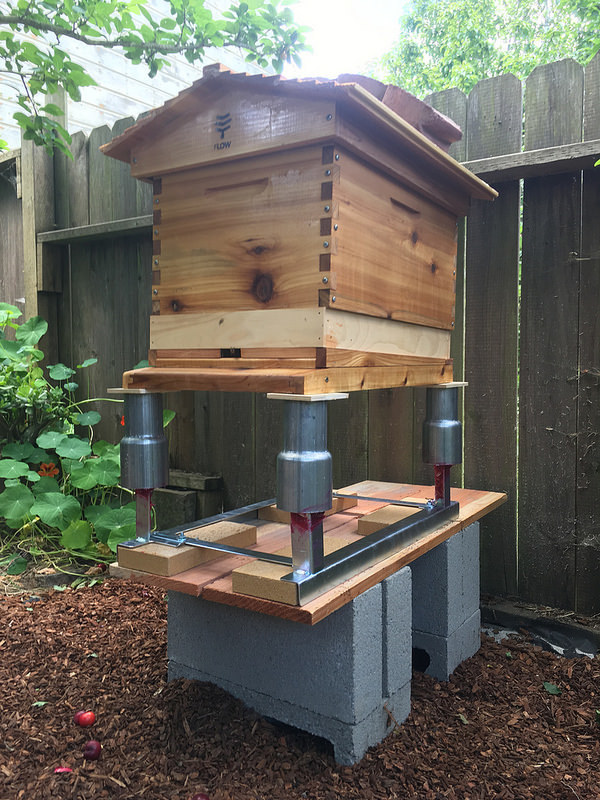Black rot is a bacterial disease in cabbage that causes up to 100 per cent yield losses in infected crops.
The disease has no chemical control but farmers can manage it by crop rotation, disposal of affected residues and planting of resistant cabbage varieties such as the Green Challenger, Riana and Pruktor.
Black rot is spread through irrigation (splashing of water), infected plants, wind, farm machinery, seeds and soil. The disease can survive in crops residues buried under the ground for up to two years.
The disease attacks cabbages at any stage of growth. Farmers can spot signs of the disease though presence yellow v-shaped or u-shaped areas extending inwards from the margins of the leaf.
As the disease progress, the yellow areas turn brown and the leaf dies. One plant can produce enough infectious materials to destroy a whole field. Early removal of infected plants and foliage from the fields can assist in reducing black rot damage.
Related content
Cabbages give higher yields at lower cost when grown in rotation with traditional vegetables
Cabbages, kales and tomatoes earns graduate Sh120,000 in profits in three months

A cabbage head affected by black rot disease. Courtesy
At planting, ensure that you plant only healthy seedlings and crop rotation practiced every three years.
To fasten the decomposition of crop residues, chop them up before incorporating in the soil. Workers should wash their hands and disinfect their tools using jik after working in infested fields.
In Kenya, the horticulture sector is ranked as the fastest growing sub-sector in the agriculture industry. It earned Sh115.3bn in 2017 up from Sh101.5bn in 2016 according to the 2018 Economic Survey.
In this, vegetable earnings increased from Sh23.4bn to Sh24.1bn.
Write comment (0 Comments)




 Beehive mounted on an ant-proof stand. The stand is greased to prevent insects that invade the hives looking for food. (Photo: jmayot).
Beehive mounted on an ant-proof stand. The stand is greased to prevent insects that invade the hives looking for food. (Photo: jmayot).











